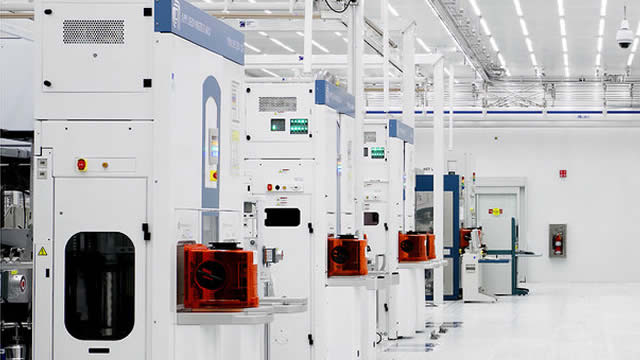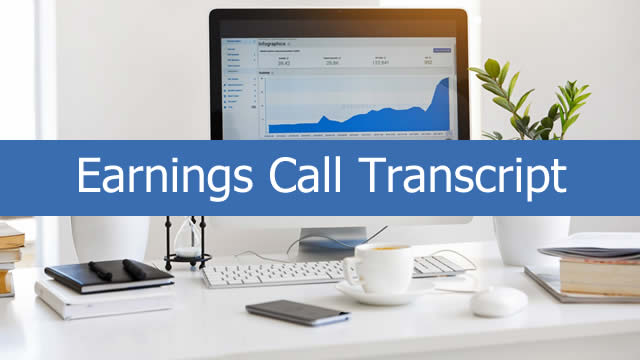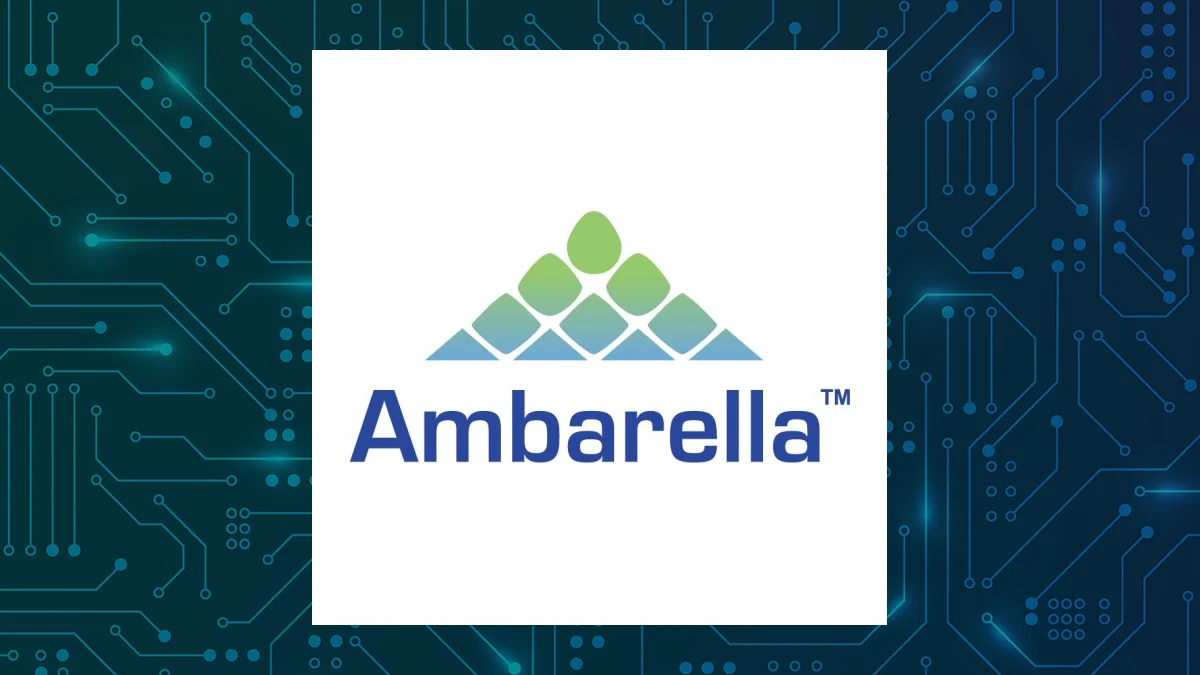
AMBA
Ambarella, Inc.
$74.18
0.29
(0.39%)
| Exchange: | |
| Market Cap: | 3.167B |
| Shares Outstanding: | 20.873M |
About The Company
| Sector: | Technology | |||||
| Industry: | Semiconductors | |||||
| CEO: | Feng-Ming Wang | |||||
| Full Time Employees: | 941 | |||||
| Address: |
|
|||||
| Website: | https://www.ambarella.com |
Ambarella, Inc. develops semiconductor solutions for video that enable high-definition (HD) and ultra HD compression, image processing, and deep neural network processing worldwide. The company’s system-on-a-chip designs integrated HD video processing, image processing, artificial intelligence computer vision algorithms, audio processing, and system functions onto a single chip for delivering video and image quality, differentiated functionality, and low power consumption. Its solutions are used in automotive cameras, such as automotive video recorders, electronic mirrors, front advanced driver assistance system camera, cabin monitoring system and driver monitoring system camera, and central domain controllers for autonomous vehicle; and professional and home internet protocol security camera; robotics and industrial application, including identification/authentication cameras, robotic products, and sensing cameras, as well as cameras for the home, public spaces, and consumer leisure comprising wearable body cameras, sports action cameras, social media cameras, drones for capturing aerial video or photographs, video conferencing, and virtual reality applications. The company sells its solutions to original design manufacturers and original equipment manufacturers through its direct sales force and distributors. Ambarella, Inc. was incorporated in 2004 and is headquartered in Santa Clara, California.
Click to read more…
Revenue Segmentation
EPS
Earnings Call
Income Statement
(* All numbers are in thousands)
Balance Sheet
(* All numbers are in thousands)
Cash Flow Statement
(* All numbers are in thousands)
Analyst Estimates
(* All numbers are in thousands)







